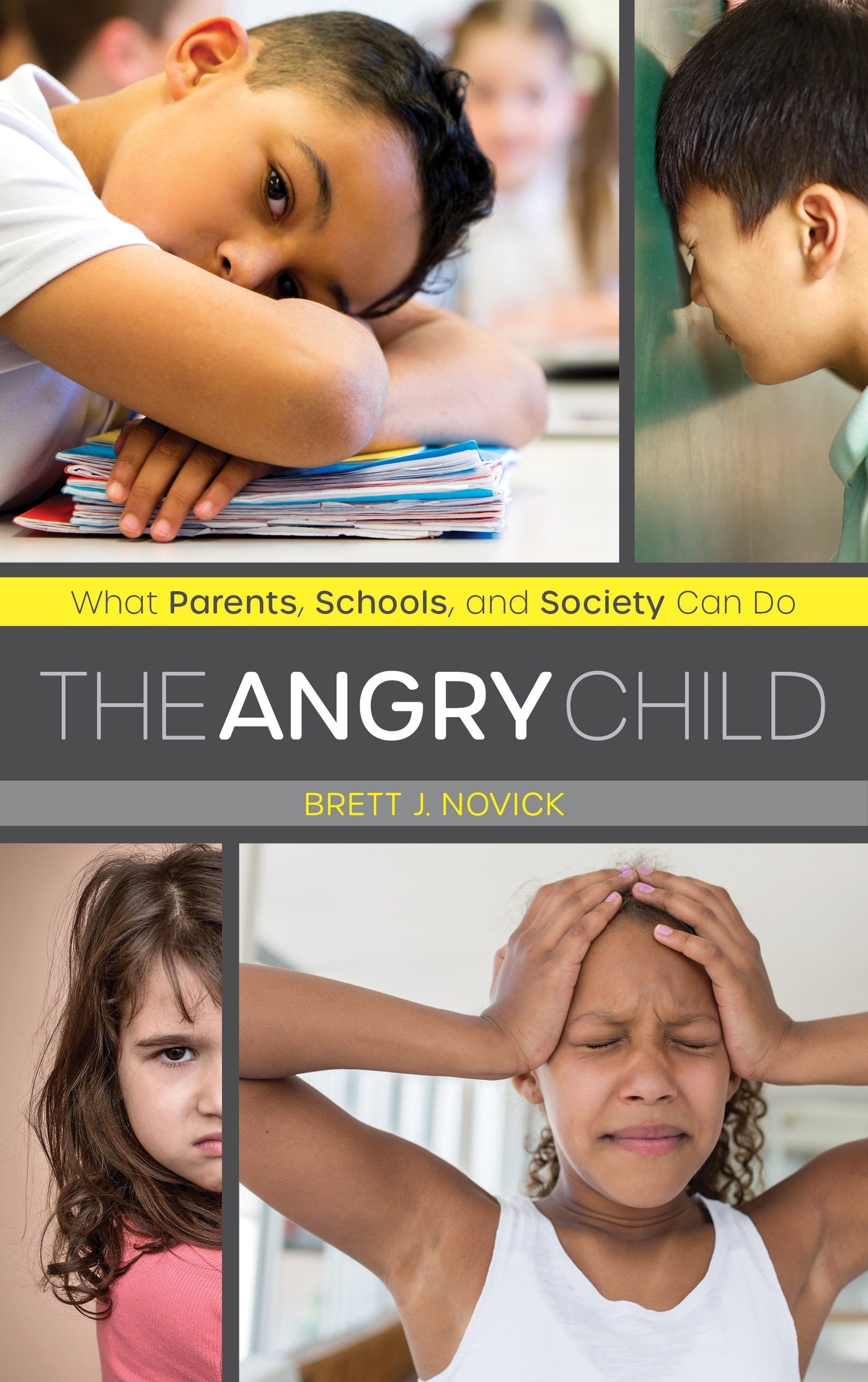Other books by Brett Novick
Beyond the Behavior Contract: A Practical Approach to Dealing with Challenging Student Behaviors
The Balanced Child: Teaching Children and Students the Gifts of Social Skills
The Likable, Effective and Productive Educator: Being the Best You Can Be as an Educator
Parents and Teachers Working Together: Addressing Schools Most
Vital Stakeholders
The Angry Child
The Angry Child
What Parents, Schools, and
Society Can Do
Brett Novick
ROWMAN & LITTLEFIELD
Lanham Boulder New York London
Published by Rowman & Littlefield
An imprint of The Rowman & Littlefield Publishing Group, Inc.
4501 Forbes Boulevard, Suite 200, Lanham, Maryland 20706
www.rowman.com
6 Tinworth Street, London SE11 5AL
Copyright 2019 by Brett Novick
All rights reserved. No part of this book may be reproduced in any form or by any electronic or mechanical means, including information storage and retrieval systems, without written permission from the publisher, except by a reviewer who may quote passages in a review.
British Library Cataloguing in Publication Information Available
Library of Congress Cataloging-in-Publication Data Available
978-1-4758-4879-3 (cloth : alk. paper)
978-1-4758-4880-9 (electronic)
 TM The paper used in this publication meets the minimum requirements of American National Standard for Information Sciences Permanence of Paper for Printed Library Materials, ANSI/NISO Z39.48-1992.
TM The paper used in this publication meets the minimum requirements of American National Standard for Information Sciences Permanence of Paper for Printed Library Materials, ANSI/NISO Z39.48-1992.
Acknowledgments
I was lucky that I met the right mentors and teachers at the right moment.
James Levine
I would like to dedicate this book to my late father, Dr. William Novick, who taught me how to be a father. To my parents who both taught me the importance of hard work and values. My wife, Darla who teaches me each and every day how to be a better man, parent, and spouse. My children Billy, Samantha, who give me hope for the future generation with pride. Also, to the many people that I have had the honor of working with over the years who have taught me so very much. To Brian Woodruff, whose creative spirit inspired me and so many other people. Please know, it has been an honor to be allowed to play a small part in their lives. The many mentors who in both education and life inspired me in every aspect of my life. Thank you to all.
Preface
Anybody can become angrythat is easy, but to be angry with the right person and to the right degree, and at the right time, and for the right purpose, and in the right waythat is not within everybodys power and is not easy.
Aristotle
Turn on the television and you will likely see images of war: civilians carried away from war zones on stretchers and heavily clad soldiers with assault rifles going with surgical precision from building to building, room to room, with the barrel of a weapon leading the way. Those who do make it out have a look of utter fear in their eyes as they run for their lives from the very place that once was a bastion of safety and security.
But this is no war zone. Far from it: It is a public school, and the children are running from the explosive violence of a peer who has turned against them in the most horrifying of ways. It is the same story, over and over: A youth sees school as the place to make a most profound statement of anger, rage, and hate, sacrificing their peers in a murderous rampage as their testament.
These images, which seemingly originated with Columbine two decades ago, have repeated themselves in an ever-voracious cycle. These incidents have not slowed down, nor do they show any signs of doing so. It seems that each perpetrator seems more hell-bent on outdoing the last, each trying to outdo the other in some sick, distorted statement of anger, bitterness, and hatred. But in this anger, what are they trying to say? Why are they saying it? Is there something we can learn from the angeror, better yet, can we discover why are they so enraged now, before evermore anger explodes?
We can discuss gun rights and laws in town halls, the federal government, and social media. Certainly, these forums are a necessary framework for potential change, but more often these debates seem to be a lightning rod for those on both sides sides to dig their heels in. It seems this issue has become one of those not to discuss subject areas, joining abortion, politics, and religion. For these reasons, it has become a seemingly intractable problem, and this book will not focus on the surrounding political issues, instead focusing on the root causes of the anger of children in this upcoming generationand what we can possibly do about it.
These questions in themselves may help solve one part of what is a systemic and complex problem. It is easy to point to one particular issue and state that this is the cause of the rage and the solution should be found in one magic panacea that will quench the fires of anger in our youth. Yet if we take this over-simplistic approach, we fail to recognize that the causes of and solutions for anger in the next generation may be just as multifaceted as the origins of this complex emotion itself. It is also potentially shortsighted, ineffective, and even dangerous to look for a quick fix in a world hoping for the instant gratification of an easy answer.
So, where does the answer lie: in parenting, social media, technology, media focus, schooling, peer influence? Perhaps it is all of these, in varying degrees, and must be treated as such. It may take every tool in societys eclectic tool belt to make inroads into the burgeoning problem of anger in our youth. It will take all we have to stem that growing tide of unrest.
This book, then, will look into what we can do to teach our children that anger is not, in itself, a bad emotion. Rather, it is an emotion that, properly harnessed, can provide them with the assertiveness and boundaries necessary to succeed in a frenetic and dynamic world. It can furnish the catalyst and fuel to get things done and pick them up when they are feeling sorry for themselves. But anger is often complex, partnering with other emotions that children (and adults, for that matter) may not be fully aware of unless it is distilled to its most basic nature.
This book will also look at how parents can bolster their parenting skills to help children learn how to handle anger and conflict in an effective manner. In this vein, we will look at how keeping youth from taking responsibility, or fully comprehending the consequences, of their actions often leads to escalating anger and irritationthe very consequence that parents and society are trying to avoid.
We will also spend time looking at the realm of public education, learning how a curriculum that does not teach conflict resolution and appropriate emotional expression has children prepared to take any standardized test but falls short in preparing them for a world that requires relationships with others in every necessary facet of life.
Finally, we will look at social media and technology: the vast uncharted and untamed virtual wilderness of youth, a land where anger and cyberbullying run amok to metastasize and grow unchecked. We will see how technology and social media can be either an incredible educational tool, or a devastating weapon that stunts the growth, self-esteem, and development of youth and learn how we can grow the former without inadvertently incubating the latter.

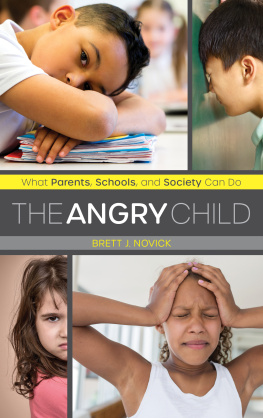
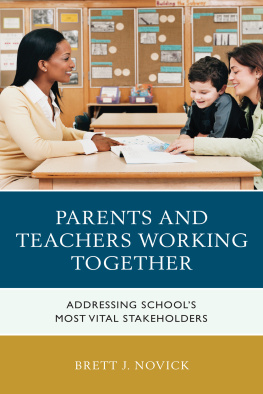


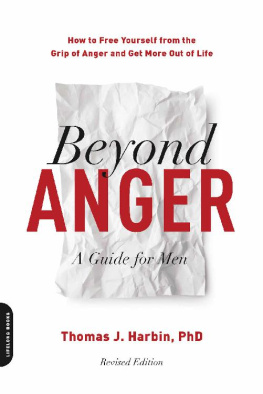
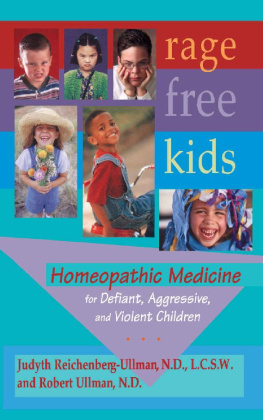
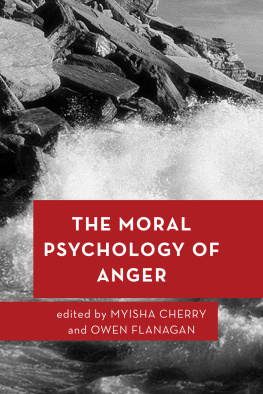
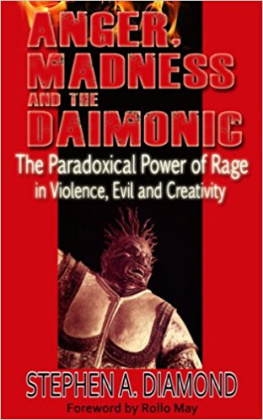
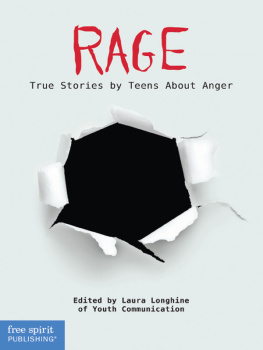
 TM The paper used in this publication meets the minimum requirements of American National Standard for Information Sciences Permanence of Paper for Printed Library Materials, ANSI/NISO Z39.48-1992.
TM The paper used in this publication meets the minimum requirements of American National Standard for Information Sciences Permanence of Paper for Printed Library Materials, ANSI/NISO Z39.48-1992.